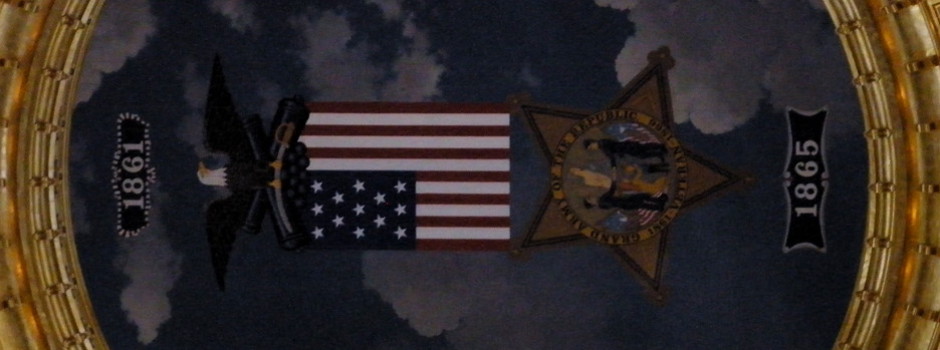
The last 1912 photo of the Titanic, taken by Father Frank Browne
My first encounters with the story of the Titanic were in Robert Ballard’s book Exploring the Titanic in fifth grade and the December 1985 and December 1986 issues of National Geographic. Those two issues detailed Ballard’s discovery of the wreck 73 years after the ship sank.
Since then, my interest has continued nearly unabated. I was a full-fledged buff before The Movie came out and have the History Day project to prove it. At this point, it might be easier to point out which books and videos about the ship I don’t own.
The story has changed subtly in the past 15 years. In the mid-’90s, it was about a technological marvel done in by a cascade of events that all went precisely wrong. Now, it’s about a technological marvel with masked flaws, both mechanical and human, that contributed to and was amplified by that cascade of events.
The Onion’s “Our Dumb Century” went with the headline “World’s Largest Metaphor Hits Ice-Berg” to satirize the event. But it’s really true. The Titanic is one of those things that can be applied to fit many different scenarios, in part or in whole. It has invaded our collective psyche. Think about the political cartoons that always show their ships sinking bow first, even if the ship in question isn’t explicitly intended to evoke the Titanic. (See also my own comparison to the Big 12 Conference’s [second] near-disintegration.)
It is the “thousand If Onlys,” as Walter Lord put it, that help create such a compelling story. The actions of the various groups and classes of people involved throughout the entire story turn into a microcosm of not just the early 20th century, but human nature. There is heroism and cowardice, love and anger, and sacrifice. It’s a parable about misplaced faith in technology and how you never, ever say “God himself could not sink this ship.” If the Titanic did not exist, we would have to invent it.
Centennial links:
National Geographic, April 2012
Why we’re still learning the lessons of the Titanic (Popular Mechanics)
Brucemore Explores Iowa’s Connection to the Titanic (KCRG)
A YouTube user re-edited parts of the 1997 movie to form a “real-time” version of the ship’s last five minutes. (Some frames are flipped as well, and it’s in black and white.)
